Ride the Wave, Baby
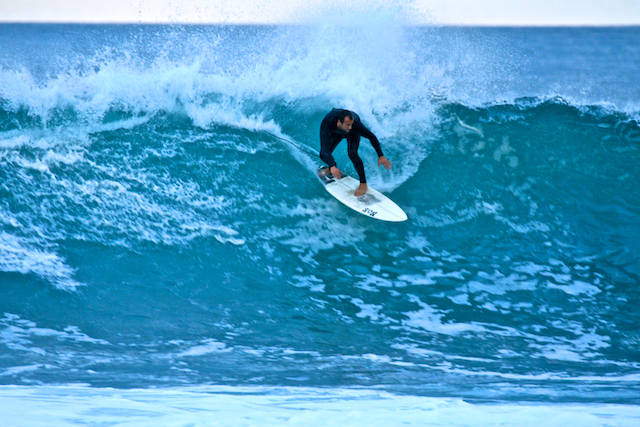 Our wine buyer Ryan Woodhouse ripping a wave in Western Australia
Our wine buyer Ryan Woodhouse ripping a wave in Western Australia
I can't express enough to all of you how much my drinking philosophy and thoughts on life over the past few years have been shaped by my colleague Ryan Woodhouse—our buyer and specialist for Southern Hemisphere wines. There's a rugged sense of realism that defines his ideals and tastes, and it's begun to change the way I think. This is a guy who grew up playing rugby in southwest England, fell in love with a girl from America at his university, married her, and spent the next year traveling around the world in search of adventure. And when I say "adventure", I don't mean searching for France's best baguette, or Spain's finest chorizo like most of my wine industry colleagues enjoy doing. I mean serious manly activities like hunting, fishing, surfing, and hiking—all conducted with an utter fearlessness that I admire greatly and aspire to daily. This is a guy who in no way, shape, or form understands affectation—the desire to shape his personality to fit societal standards. He's one of the most unaffected and sincere persons I've ever met while living in the Bay Area, which is why I make an effort to spend time with him outside of work. When I hang out with Ryan it's usually on Mondays at the golf course where he's whipping me around the greens like a maniac—me clutching the top of the go-cart for dear life—slamming down beers in between each hole. He has a British accent, but everyone thinks he's Australian—partly because of his position at K&L, but also because of his outdoorsy element and appreciation for nature.
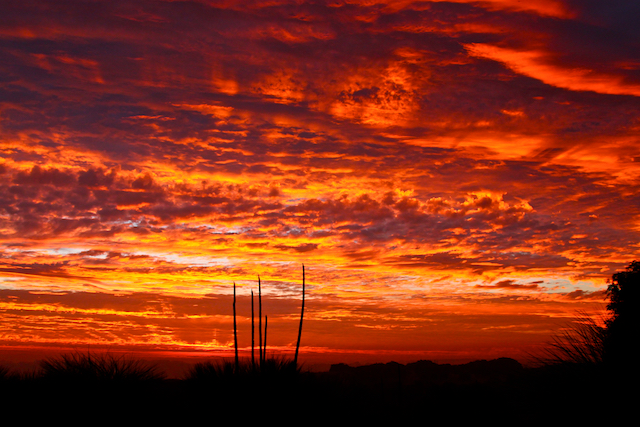
But Ryan is a bit Australian, I think—at least in his influences. Over the course of his young life he's spent many months traveling through the region, getting to know the ins and outs of the vast country. Like many wine drinkers, I thought I understood the essence of "real" Australian wine and decided early on in my wine-drinking career that I wasn't a fan of jammy shiraz or overly-herbaceous sauvignon blanc—the two characteristics I felt dominated down under. That misguided perception didn't last long, however, because Ryan Woodhouse basically came into K&L a few years ago carrying a list of incredible producers in his back pocket and essentially destroyed all that ballyhoo in about two seconds. I remember him saying to me early on, "There are tons of fantastic small wineries in Australia whose products aren't imported to the United States. You wouldn't believe how good some of these wines are." As is the case with many of the whiskies and brandies in our spirits department, it was just a matter of making a deal to get them shipped over here. Over the past two years the work Ryan has done in this department has absolutely blown my mind. You think David OG and I are making big moves with the K&L booze business? It pales in comparison to the value/quality ratio Ryan has been putting together with direct import wines from South Africa, New Zealand, and Australia.
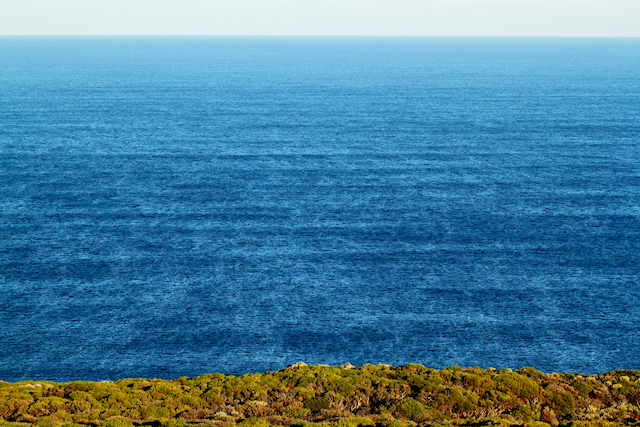
But are you interested in these wines? Are you interested in drinking seriously amazing wines for prices that seem outrageous in comparison to their global counterparts? That depends on your own personal preferences, obviously. As for me, I've always skewed towards the Francophile palate. I love French wines. Heck, I love France—period. I can't honestly say that I feel the same sense of romanticism for the Southern Hemisphere that I do for other parts of old world Europe. But let me be clear when I tell you: that is changing and it's changing rapidly. The more that pretense continues to permeate the wine and spirits industry as dominated by the long-standing historical stalwarts, the more this new world of fresh, unpretentious, and youthful winemaking appeals to me. Ryan's personality works so well for his category because it matches up entirely with the attitude of the producers he represents—a genre of bold, unabashed winemakers who are elevating the game right before our very eyes. I hear people talk about the old days of Scotch and Bourbon, back when you could get Pappy on the shelf whenever you wanted it for about fifty bucks. Let me tell you something: we're living in a similar age here in the K&L Southern Hemisphere wine department. I'll show you what I'm talking about.
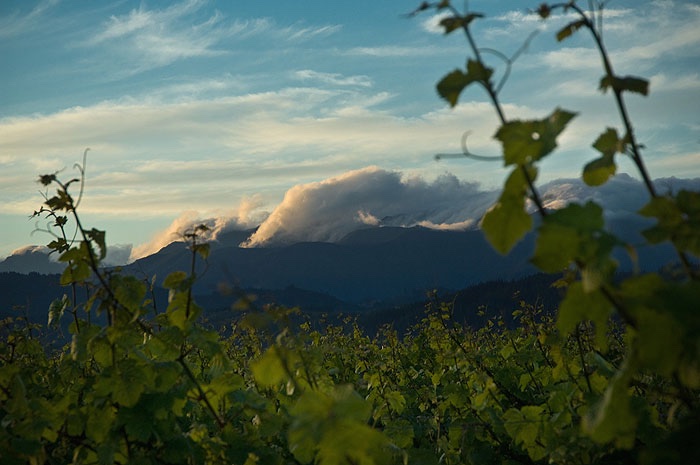
This is a shot of the Richmond Ranges in Marlborough where Framingham is located (we just did an On the Trail blog post about these guys yesterday). Maybe you've never heard of Framingham here in the United States, but that doesn't mean that thousands of wine drinkers living elsewhere haven't. Famed wine critic Jancis Robinson has long waxed poetically about these incredible rieslings, and the wines have scored astronomically in tastings for years now. For me, the 2013 "Classic" riesling stands toe-to-toe with some of the greatest white wines we have in the store right now. I have to put this in bold because I practically want to yell this out: this is a wine that was awarded "Best white wine" at the San Francisco International Wine Competition, a wine that won Double Gold because every single judge agreed that it deserved the highest honor, a wine that scored 95 points from top New Zealand critic Bob Campbell, YET A WINE THAT NO ONE IN THE U.S. IS IMPORTING?????!!! "How can that be?" I asked Ryan. How is it that little old K&L is the only store in America selling a wine considered to be the best white wine—period—in a famous international wine competition? Yet, this is just one example of such ridiculousness in Ryan's finely-tuned wine scouting. He has tons of wines like this in his section.
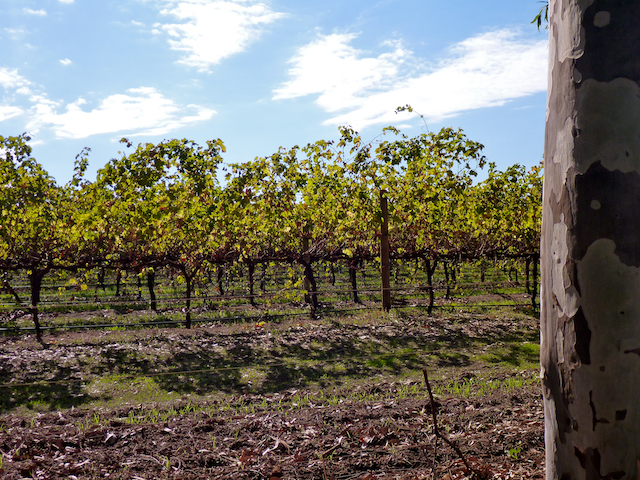
Maybe look at one of Ryan's latest arrivals: the wines of Howard Park from Margaret River in Western Australia. I tasted through this line-up with Ryan earlier in the week and I was completely taken aback by the quality. Australian wine critic James Halliday has had Howard Park ranked as a perfect five-star producer for seventeen consecutive years (pretty much first-growth status down under), yet no one currently imports the wines to America (again, how is that possible?). The 2012 "Scotsdale Vineyard" cabernet has a 97 point score from Halliday, can age for another decade, and yet we're selling it for $19.99. The 2013 Marchand Burch chardonnay (a collaboration between Howard Park and Pascual Marchand of Burgundy fame) sells for more than $50 elsewhere, has a 96 point rating from Halliday, is easily one of the most incredible whites I've tasted this month, and is farmed from 100% bio-dynamic fruit, yet we're selling it for $29.99. It's on the level of some of the Montrachet wines we currently have on the shelf that clock in at $80 or more, in my opinion. Again, these are just two examples in a department that is literally brimming with stuff like this.
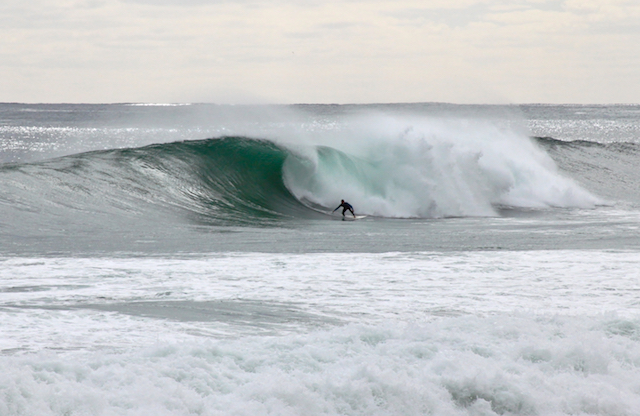
My advice to you? If you like to drink fantastic wine—hell, if you like to drink in general—but you don't want to pay premium prices for brand names, long-standing reputations, or overly-quantified hype, then you need to be combing through Ryan's wine selections. I bought a case of the Tongue in Groove "Clayvin Vineyard" pinot noir a few weeks back because I loved the wine, and soon after realized we were selling a $70 bottle for $29.99. I've been drinking nothing but Ryan's Te Whare Ra selections all week because the pinot noir is simply out of this world, the chardonnay ethereal, and the sauvignon blanc more Sancerre-like than many of our actual Sancerres, but with sub-$20 price tags. My advice to all of you has always been to find value when it's being presented to you—especially when it's basically being put on a platter right at your feet. The Bourbon market offered value a decade ago because no one wanted it. Now that value has gravitated over to Armagnac for the same reason. By the same token, we're living in a golden moment for Southern Hemisphere wine at K&L and the guy riding the wave in the photo above is the person responsible for making it happen. That's my advice to all of you: go to where the waves are and just ride the wave, baby.
-David Driscoll
